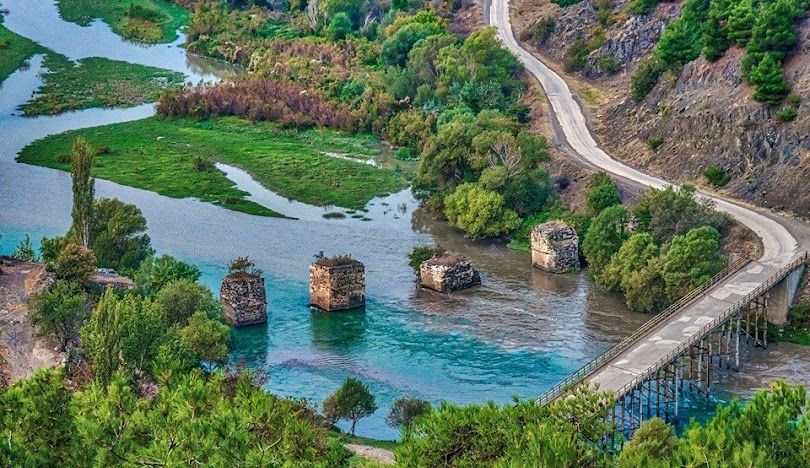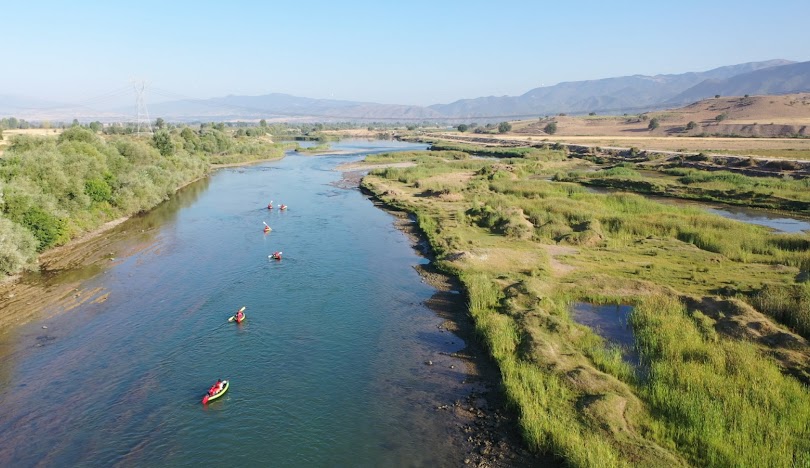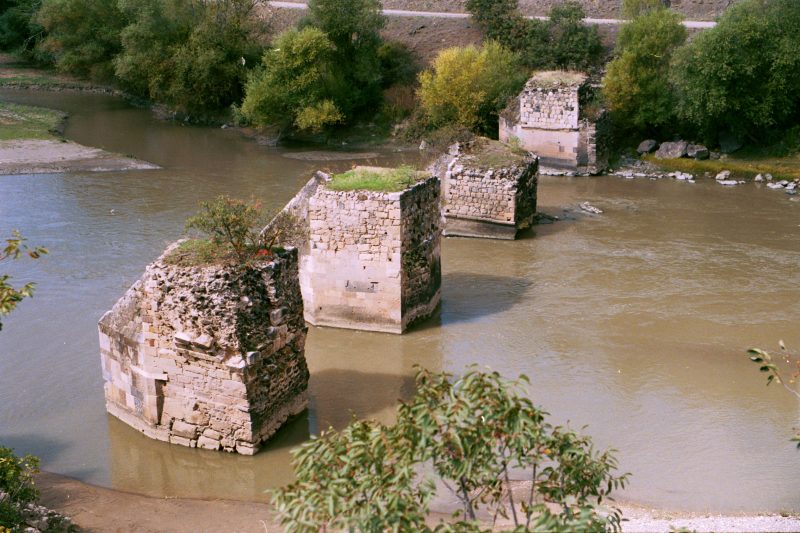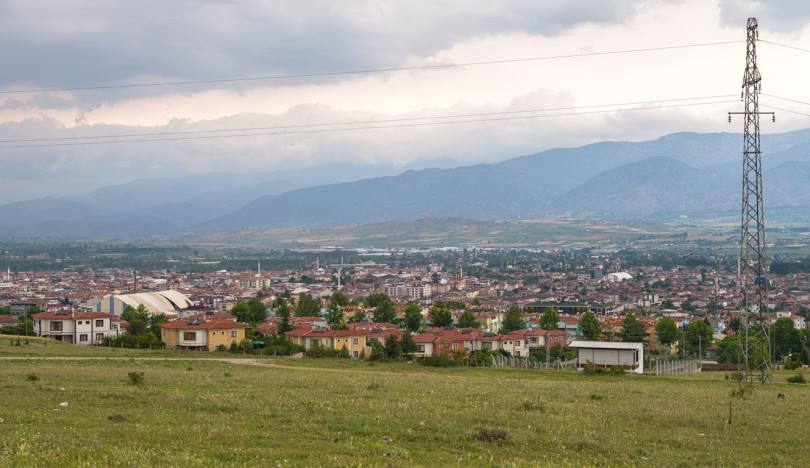Erbaa
Erbaa is a district of Turkey's Tokat province and the city that is the center of the district. According to 2021 data, the population of the city is 73,354 and the district is 99,815, and it is the most populated district of the province after Tokat. The fertile Erbaa Plain is a district that has become the center of attraction of the region, which continues to receive immigration, thanks to important factors such as its location, job opportunities, industry and OIZ. The word Erbaa is Arabic and means "four". In the records of the Ottoman Empire, it is seen that the name Erbaa was used since the beginning of the 18th century. For a while, this word was used as "Nevahi-i Erbaa". In the mentioned period, the most important settlements between Niksar and Amasya were; They were Erek, Karayaka, Sonusa and Taşâbat. Since they were only the size of a township in terms of population and were in the same region, they were all called Nevahi-i Erbaa, meaning "four townships". Even the accrued taxes were recorded under this name. H.1256/M. In 1840, the tax of these four townships (Erek, Karayaka, Sonusa, Taşâbat) under the name of Erbaa was recorded in official documents as 47,243 kuruş. Accordingly, Erbaa; Erek, Karayaka, Sonusa and Taşâbat had a general name, and all four of them took on the appearance of a district. Even the term Kaza-i Erbaa was used officially. Later, when Erek developed more than the others, it became a district in 1872, taking the name Erbaa on its own. The remaining three, Taşâbat, Karayaka and Sonusa, were connected to Erek, that is, today's Erbaa, and became its villages. Later, in 1944, when Taşabat, today's Taşova, was separated from Erbaa and became a separate district, Sonusa was connected to Taşova. The oldest underground mining operation in Anatolia dates back to 5000 BC and was recorded and known as the Kozlu village of Erbaa, until the quarry in the Bayat district of Çorum was discovered in 2011. This mine was reached thanks to drilling-supported exploration in the area known as "Old Gümüşlük", and as a result of C-14 analyzes carried out in the METU Physics Department Radiocarbon laboratory, the date of 5000 BC was reached. Researchers focus on the possibility that the copper requirement in the region has been met from this mine for thousands of years.








Leave Your Comments